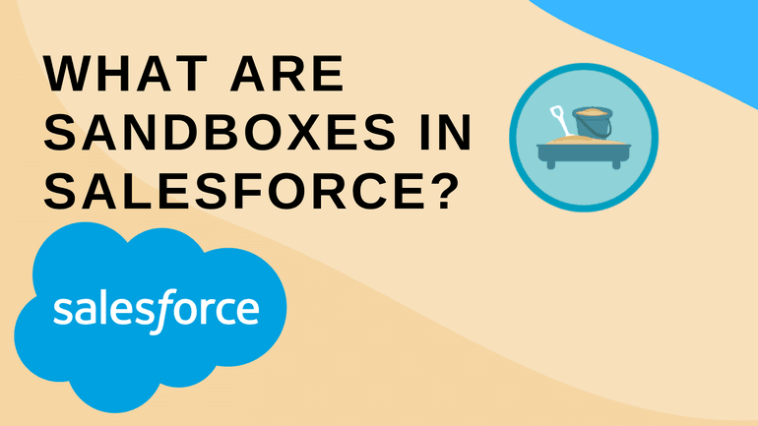- Like
- SHARE
- Digg
- Del
- Tumblr
- VKontakte
- Flattr
- Buffer
- Love This
- Save
- Odnoklassniki
- Meneame
- Blogger
- Amazon
- Yahoo Mail
- Gmail
- AOL
- Newsvine
- HackerNews
- Evernote
- MySpace
- Mail.ru
- Viadeo
- Line
- Comments
- Yummly
- SMS
- Viber
- Telegram
- JOIN
- Skype
- Facebook Messenger
- Kakao
- LiveJournal
- Yammer
- Edgar
- Fintel
- Mix
- Instapaper
- Copy Link
Introduction
When it comes to developing new functionality for your company, Salesforce Sandboxes are a must-have feature.
This article will teach you all you need to know about Salesforce Sandboxes, including how to refresh salesforce sandbox.
What is the Salesforce Sandbox?
In the shelter of a controlled environment, a Sandbox allows you to design and test your configuration. They’re duplicates of your production environment with the same platform customizations (including custom fields, code, and automation), as well as a copy of your production data in some Sandbox types.
Sandboxes are an essential component of a successful deployment. While it’s tempting to make changes directly in production, you run the risk of negatively harming users and disrupting their daily job.
Sandboxes are used to allow you to make modifications and test new functionality without having to worry about affecting users. To learn more about this Salesforce Sandbox enroll in the Salesforce course.
Types of Sandbox
There are four different sorts of Sandboxes, each with its own set of properties that make it suitable for a particular application. These are listed below:
-
- Developer Sandbox
- Developer Pro Sandbox
- Partial Copy Sandbox
- Full copy Sandbox
How Often Should You Refresh Your Salesforce Sandbox?
It is recommended that you refresh your sandboxes regularly to make sure that they have current configuration information and data.
Also, there is a limit set by salesforce on the number of times sandboxes can be refreshed. Salesforce places severe limitations on how frequently you can refresh full copy sandboxes. You can refresh it once every 29 days.
Because partial copy sandboxes only include a fraction of your production data, they can be refreshed more frequently than full copy sandboxes. Even so, it’s not something you can do regularly. Every 5 days, partial copy sandboxes can be refreshed.
You must wait 29 or 5 days to build a new sandbox if you delete a full Full or Partial Copy sandbox respectively.
Sandboxes for Developers and Developer Pros can be refreshed once per day.
Why Refresh Your Salesforce Sandbox?
Whether you have Full, Partial Copy, or Dev sandboxes, Salesforce sandbox refreshes are all about getting your development environments as close to production as possible. When you refresh your sandbox, the data in it is pulled from production to ensure that it is as accurate as feasible for the sandbox’s category.
How to Refresh A Salesforce Sandbox
A Salesforce sandbox can be easily refreshed. To get started, go to Setup > Data Management > Sandboxes. You may see a list of all sandboxes there. Sandboxes that are eligible for a refresh will have a “Refresh” link next to them. When you click the Refresh link, the sandbox’s state will change to “Copying.” Salesforce will send you an email once the refresh is complete.
After that, you must activate your sandbox to benefit from the modifications. “Replacement ready” has now been added to the status. To make the refreshed sandbox available, simply click “Activate.” Also, always remember that all data and information in the sandbox will be lost once you do this.


